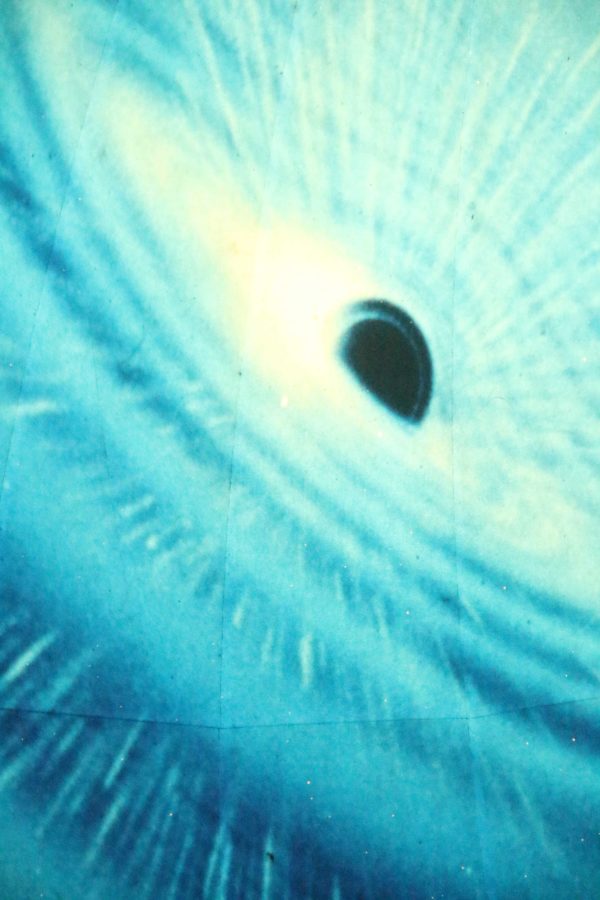In a galaxy not so far away – in fact, not even a mile away, the Santa Rosa Junior College Planetarium hosts its next show: Black Holes and Space-Time.
Black Holes and Space-Time intends to bridge the gap of common knowledge leading most of the unscientific masses to believe that if the sun became a black hole the Earth would be drawn in to its utter demise.
In physics, things can get jumbled for most non-science-based majors, where cases of ‘relativity’ and ‘theory’ mean entirely different things than in the world of experimentation and mathematical dictations.
Planetary specialist Ed Megill takes his audience directly into the core of the matter and where no man has gone before.
“It’s a fascinating subject,” Megill said. “What I’m going to attempt to do is to take some of the mystery out of black holes, but maybe not the mystique.”
One great piece of this mystique is gravitational force, which can be seen in both the scientific sense of curved space-time, where the mass exerting the force dips deeper into space-time than the surrounding objects, and in the more common idea of gravity as a magnet.
Which version holds true depends on one’s position of thought. You could even say it’s ‘relative’ to how you view the world. This is very much like the commonly known term ‘theory,’ which a layman thinks of as an unproven, unsure proposal. Scientists use the term to refer to a concept supported by an abundance of evidence that is not quite a law.
The problem occurs as definitions overlap, resulting in a disconnect between the scientific community and the general population.
Space-time is the same way.
According to Megill, space-time is measured in four dimensions. Three of these dimensions exist in space and one exists in time, which means scientists frequently use advanced mathematics to specify the location of a particle or event.
But don’t worry, Megill dips into such highly technical terms only once in the presentation when he briefly describing the formula for gravity.
To dig even deeper into the science, the idea that the speed of light cannot be reached by any human means and the way in which the intense gravity of a black hole can bend light so that it never escapes the event horizon reflect the impossible task of passing through a black hole and living to tell the tale.
“Spaggettification,” as Megill calls it, is the process of stretching out anything entering a black hole, an act that would obliterate whomever attempted it.
“This is why Star Trek was wrong,” Megill said. “It was very much a fantasy. They did a little science fact – but also added a bit of editorial liscencing to it.”
To find out the precise reasons why Earth would never be sucked into a black hole created by the sun’s death, why gravity and acceleration are much the same or your weight on different planets, simply catch a showing of Black Holes and Space-Time March 8 through 31. For $5 and $8, students with an ID and the general public, respectively, can venture through a black hole and beyond and learn about the concept of warped space and time. Shows are Fridays and Saturdays at 7 p.m. and Sundays at 1:30 p.m.


